 by Troy Bishopp
by Troy Bishopp
NORTHFIELD, VT — When Dave Pratt, owner of Ranch Management Consultants and the internationally acclaimed Ranching for Profit School comes to the Northeast, you know you’re in for an experience in reality. “Most American farms and ranches are a hobby,” said Pratt. “If it’s not making a profit, it’s not a sustainable business. Most farms are just a collection of expensive assets and a lot of physically-demanding low-paying jobs. A business has to be more than that. The goal is not production, it’s profit.”
This engaging and truthful sentiment was the precursor for a day-long training in discovering the “Three Secrets for Increasing Profit®” workshop at Green Mountain Girls Farm. “The way Dave asks questions and teases out the answers using his experience and true stories from the land is very dynamic but also highly relatable and transparent for farmers,” emphasized Vermont Grass Farmers Association Executive Director, Meghan Sheradin.
The unique event paid for by 25 hearty farmers from New York and Vermont and underwritten by a donor to the Vermont Farm to Plate Network interested in increasing the capacity of grass-fed beef production in the Northeast were not disappointed. “I’m not going to be teaching Ranching for Breakeven,” said the feisty Pratt.
“At our company we don’t accept for one moment that we are helpless,” said Pratt. “Even if we can’t influence the market or make it rain, we can create and structure enterprises to fit this uncertain and volatile environment. In selecting our enterprises and building our business for profit we need to understand the three Secrets: Reduce overhead costs, improve the gross margin per unit and increase turnover.”
Overhead costs in an operation are what Pratt calls “deadwood.” Reducing these costs, which do not change much as livestock numbers change, can account for 60 to 80 percent of total costs. There are two categories of overheads: land and labor. Land costs include expenses such as fencing or water trough repairs, property taxes and leases. Labor costs include any costs related to labor, such as salaries, benefits, vehicles and equipment. Pratt stresses that these costs are not fixed as sometimes assumed.
Gross margin per unit measures the economic efficiency of cows, steers, sheep or whatever our units are. The higher the gross margin, the greater the efficiency. When gross margin per unit increases it means that each animal makes a bigger contribution to covering our overheads and making a profit.
Turnover refers to the number of units in an enterprise (e.g. the number of cows or steers that we have). A business can increase turnover by increasing the scale of an enterprise or by adding enterprises. Increasing turnover, provided that the gross margin per unit is healthy, is the third secret for increasing profit.
Pratt also led the group on some behavioral stimulation exercises because “we are herd animals”. “We won’t change if we don’t change the way we see things, he said. Nothing will happen in the profit margin or in life until we change our mind. In referencing his executive link program, “Peer learning is a powerful tool that lifts up individuals and families by creating an opportunity to learn and asking the right questions.” He shared suggested book titles for inspired reading: “If it ain’t broke, break it”; “Leadership and Self-Deception: Getting Out of the Box”; “Crucial Conversations: Tools for Talking When Stakes Are High” and “Getting to Yes”.
After a divine local lunch of goat barbeque, greens gratin, maple cornbread and plum cobbler, Dave took time to discuss economics versus finance. “Economics is always the first question. It’s the why should I do it. Finance asks can I afford to do it? We aspire to have tax problems,” joked Pratt. He honed in on the practice of benchmarking to check the health of a business. “We use established key performance indicators like return on assets, asset turnover ratio, gross margin ratio, overhead ratio and gross product/FTE as a way to measure profitability.”
An enlightening conversation stimulated by beef farmers looked at cow depreciation, one of the biggest costs of keeping a cow, espoused Pratt. It was suggested that 300-400 dollars is an annual depreciation figure on every cow. Ways to manage this potential profit center was to sell cows after their 4th calf, buy mature cows as replacements, reduce heifer replacements or to add value to the cow by direct marketing cull beef or sell as a bred cow. In addition, the group formulated scenarios on how changing the calving season and demand for forage could benefit a farmer’s bottom line.
UVM Pasture Program Coordinator Jenn Colby took away three main points from the day. “Helping farmers be successful is more about pulling the right answers from their own minds than having an external ‘expert’ telling them what to do. Learning to separate the land business from the livestock business is absolutely essential to understanding whether a livestock farm is really making money and realizing the accountability piece, so we hold ourselves accountable and to be honest about our numbers. Even if that accountability is more about making sure we see our families or take a vacation.”
Marc and Cheryl Cesario from Meeting Place Pastures in Cornwall, VT participated because they wanted to fine tune their management and be more profitable. “We are trying to reconcile that top benchmark producers only feed hay one month per year. Can we make a system that accomplishes this or can we partner with other farmers to make it happen? The different communication strategies discussed were right on target for our custom grazing operation because we work with such a diverse group of customers and landowners, said Cheryl. It was well worth our participation.”
The event was organized by the Vermont Grass Farmers Association and the UVM Center for Sustainable Agriculture. A week long New England Ranching for Profit School will be held in Burlington, VT on Feb. 3-9, 2019. For details contact Jenn Colby at Jennifer.Colby@uvm.edu or 802.656.3131.




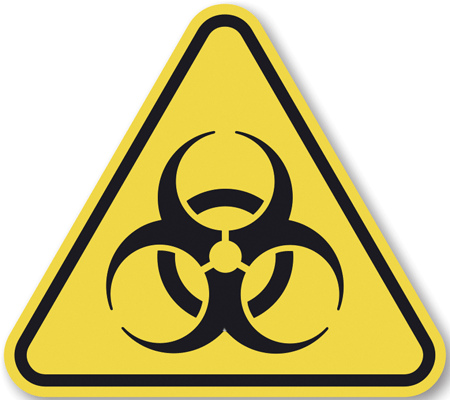
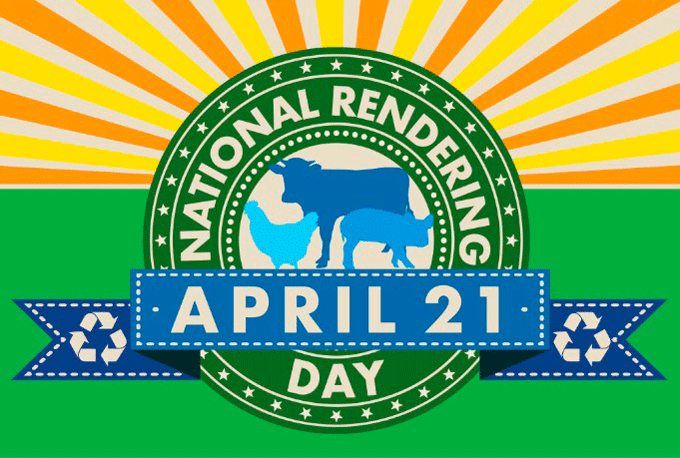
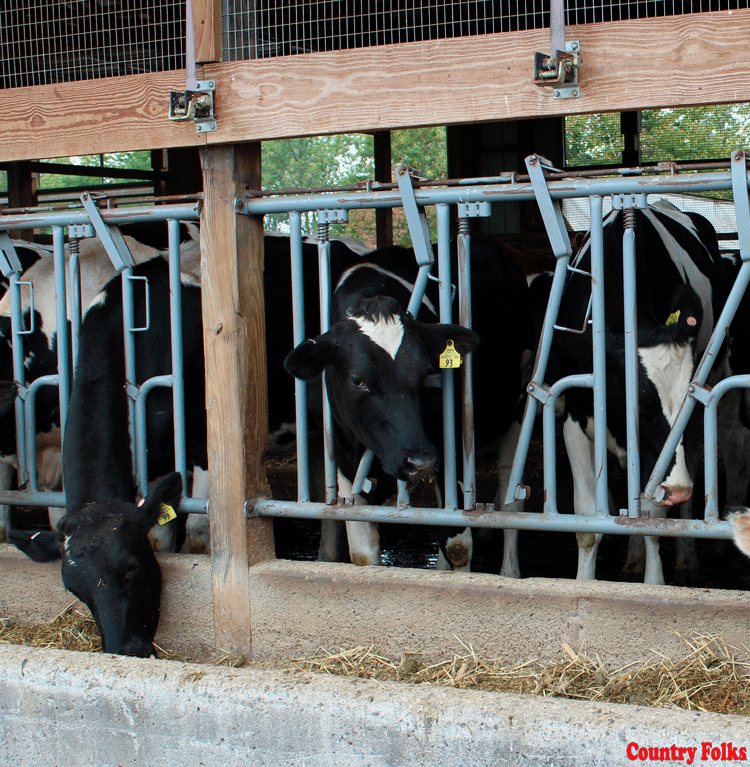
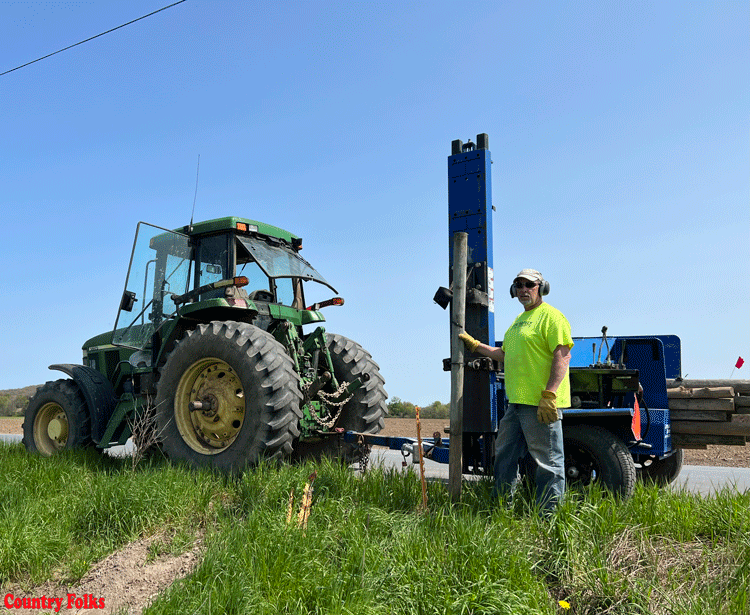
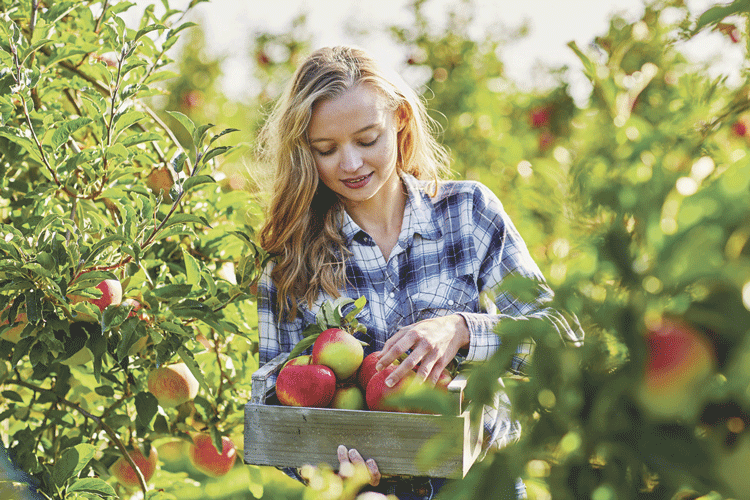

Leave A Comment